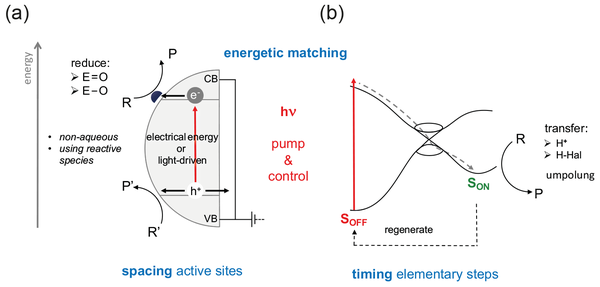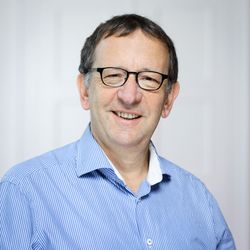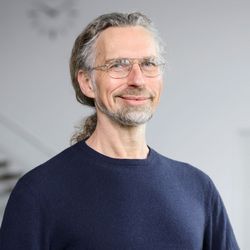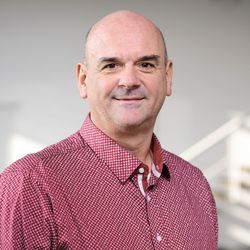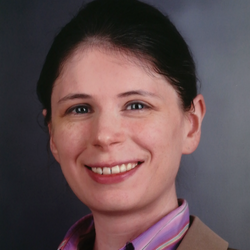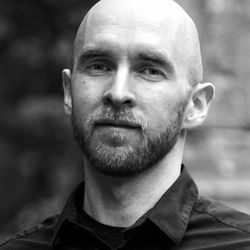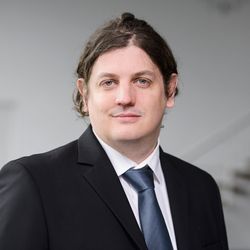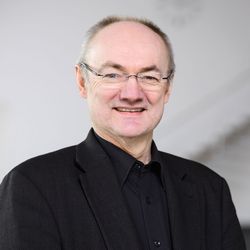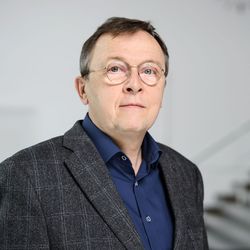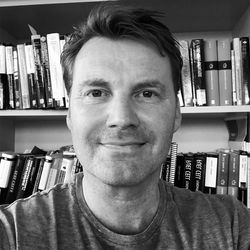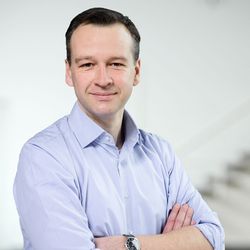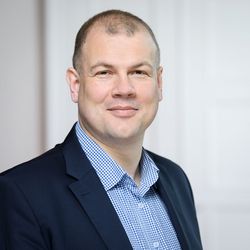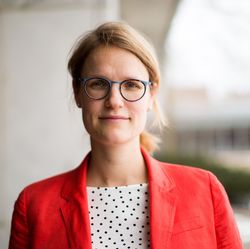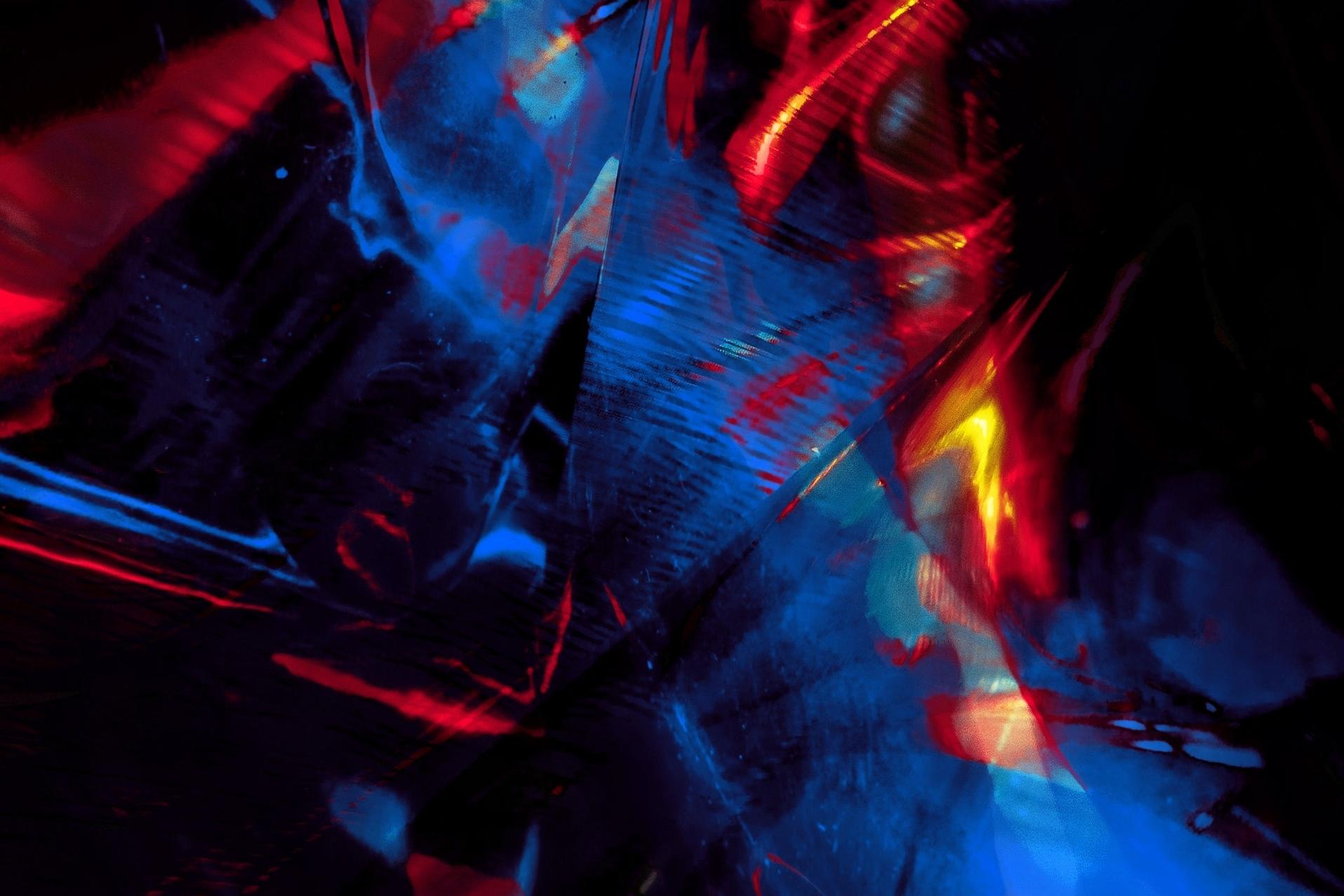

Unit D: Catalysis with electronically activated molecules
Our Challenge
Drive or control challenging chemical processes via the electronic excitation of molecules that are otherwise unfavorable under ambient reaction conditions.
Our Approach
Electronic excitation will be achieved by light absorption or cathodic electron injection for selective transformations of substrates into value-added chemicals.
We will develop photo(electro)catalytic reactions in non-aqueous environments inspired by Unit B, to enable the reduction of challenging element-organic substrates containing stable E=O (e.g., P=O) and E-O bonds (e.g., Si-O). In this way, we aim to re-activate functional compounds which are key building blocks for various chemical transformations.
The efforts to identify similarities between coupling mechanisms and those of light-driven and light-controlled biocatalytic systems interconnect Unit D with Unit B and Unit E.
Team of Unit D
Markus Antonietti
Colloid and polymer chemistry, synthesis of electrode materials
Holger Dau
X-ray spectroscopy
Matthias Driess
Molecular synthesis, chemical catalysis, main group chemistry
Franziska Hess
Catalyst degradation, kinetic Monte Carlo simulations
Marius Horch
Ultrafast, multidimensional and in vivo vibrational spectroscopy
Sebastian Matera
Multiscale modeling
Karsten Reuter
Predictive-quality multiscale materials modeling
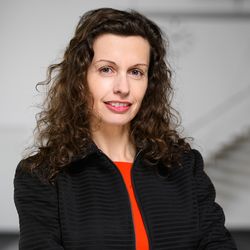
Beatriz Roldan Cuenya
Surface science, nanoparticles, electrochemistry
Peter Saalfrank
Theoretical chemistry, quantum chemistry, dynamics
Reinhard Schomäcker
Catalyst performance, kinetic studies, reactor design
Peter Strasser
Electrochemistry, CO2 activation
Arne Thomas
Materials synthesis
Roel van de Krol
Transient spectroscopy, photoelectrodes
Renske van der Veen
Time-resolved X-ray spectroscopy and electron microscopy, ultrafast excited-state dynamics

